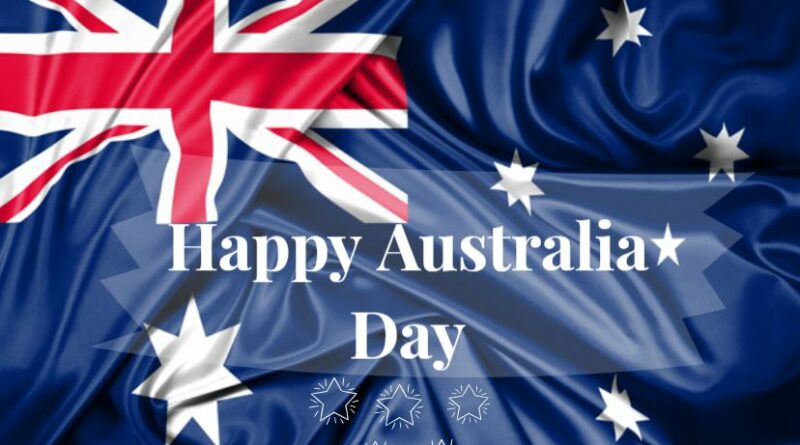National Day of Australia 26th January 2023- History and Celebrations
Australia Day is celebrated on every 26 January as an official national day of Australia. This day marks the anniversary of the arrival of First Fleet of the British Ships at Port Jackson, New South Wales in 1788 also, the Governor of New South Wales Arthur Philip raised the Flag of Great Britain at Sydney Cove.
Today, Australia Day marks this day as a specific event with the celebrations that reflect contemporary Australia like the diverse society, landscapes, and many more achievements. It also reflects the Australian National history. Not all the states have celebrated the same date as their date of historical significance but unofficially or historically the date 26 January has been named by various names such as “Anniversary Day”, “Foundation Day”, and “ANA Day”.
Though every year Australia Day is celebrated every 26 January if it falls on Saturday or Sunday then the celebration takes place on Monday. This year Australia Day will be celebrated on the 27th of January.
According to Australia’s history, the 26th of January is an important date and has been changed over time with a celebration of Australia that reflects the nation’s diverse people. The timeline of Australia day was compiled by historian Dr. Elizabeth Kwan.
History
During 1818 the Governor of New South Wales gave a holiday to all the government employees on the 30th anniversary of colony foundation. The Governor also celebrated this day with a 30-gun salute and a ball. Initially, this day was celebrated by only New South Wales which was known as First Landing Day or Foundation Day. In 1838, the Foundation Day was declared Australia’s first public holiday in New South Wales.
Soon by 1935, all the states celebrated January 26 as Australia Day except New South Wales where it is still called 26 January the Anniversary Day. From 1946, all the states and territories called 26th January Australia Day and also declared Australia Day as the public holiday throughout the year.
This day also marks the day of colonization, the Aboriginal Australian often feel that they are excluded from the celebrations of Australia Day and after that, the day has been renamed as “Invasion Day”. In recent years, many efforts have been taken to include all Australians in the public holiday and in 2013, for the first time on Australia Day, the Australian Flag and Aboriginal Flag were raised on the Sydney Harbour Bridge.
The Australian Flag and Symbolism
The Australian Flag was first flown in 1901 became Australia’s foremost symbol and also an expression of Australian identity and pride.
Symbolism:
The flag has a blue background with three elements: The Union Jack, the Commonwealth Star, and the Southern Cross.
The Union Jack is in the upper left corner which represents the history of British settlement.
Below the Union Jack, there is a white Commonwealth Star or Federation Star which has seven points represents the unity of six states and the territories of the Commonwealth of Australia. It is also featured in the Commonwealth Coat of Arms.
The last is Southern Cross which is the white color on the flag. It is a constellation of five stars which can be seen from the southern hemisphere with a reminder of Australia’s geography.
Celebrations of Australia Day
On Australia Day 2021, the celebrations are different as the on going pandemic of COVID-19. Most Australian celebrate this day as a national pride by flying the Australian flag from their homes, cars, and businesses with fireworks, community and sports events or family gatherings.
Swikriti Dandotia.




